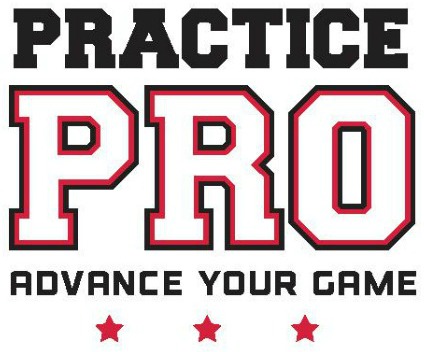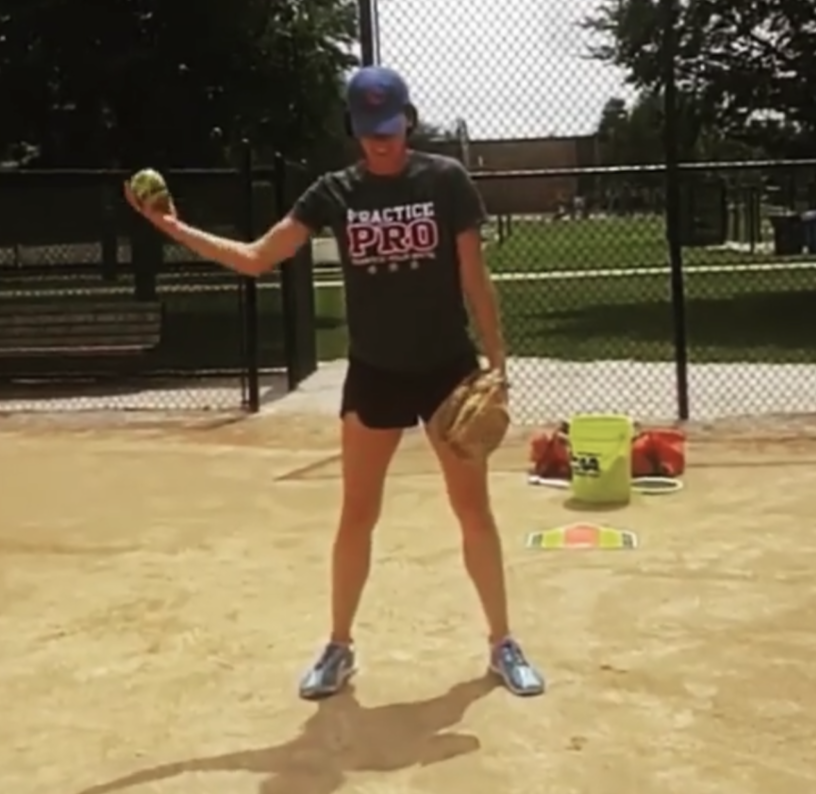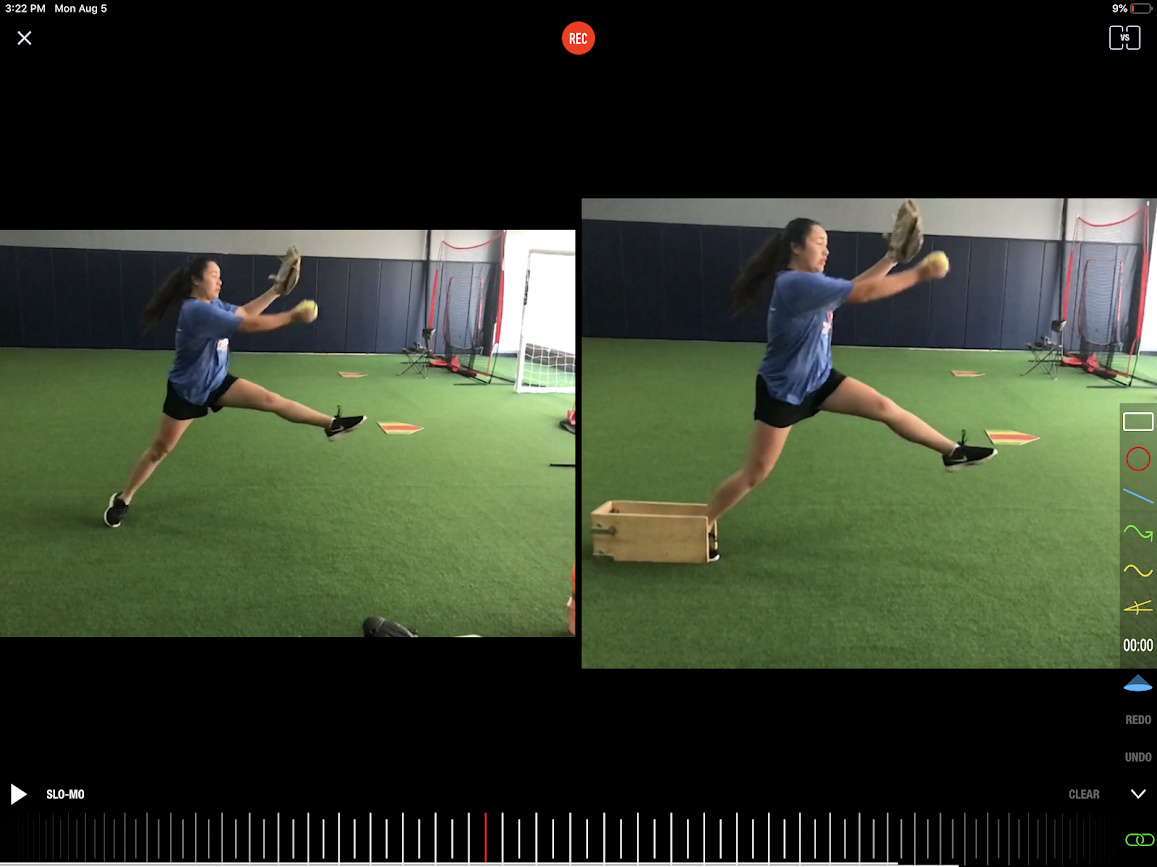What I Learned from Wasserman at the NFCA Conference
/I want to share as much as possible with you, and there is too much for one post, so I’ll start with what applies to us most - the Wasserman High-Level Throwing program. We started this plyo-ball program for the first time during the offseason. Players experienced with pitching school completed the exercises every class, working on things like “separation,” “body awareness,” and “patterning.” I wanted to test this program and see how it went, then the plan was to go from there.
Read More





















